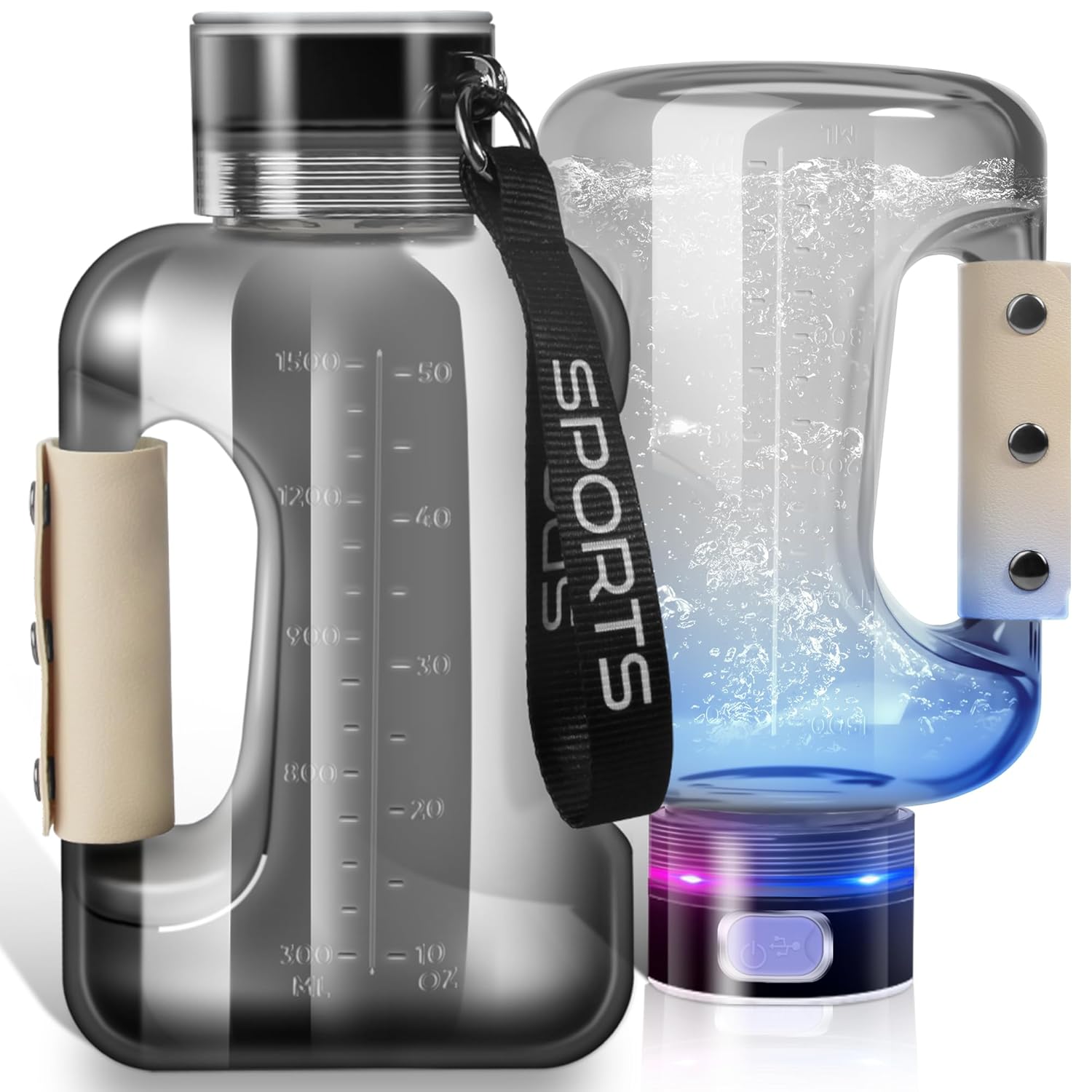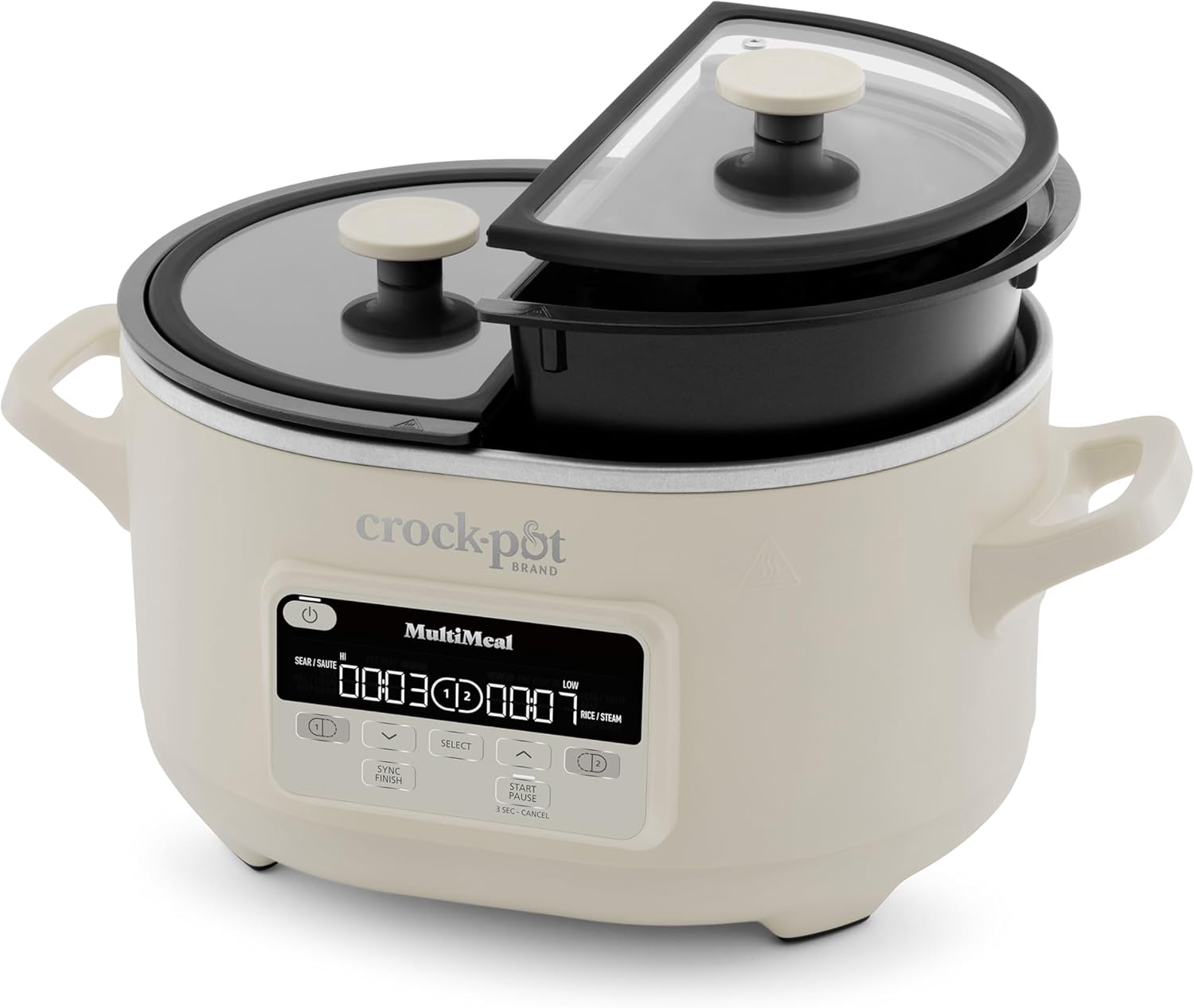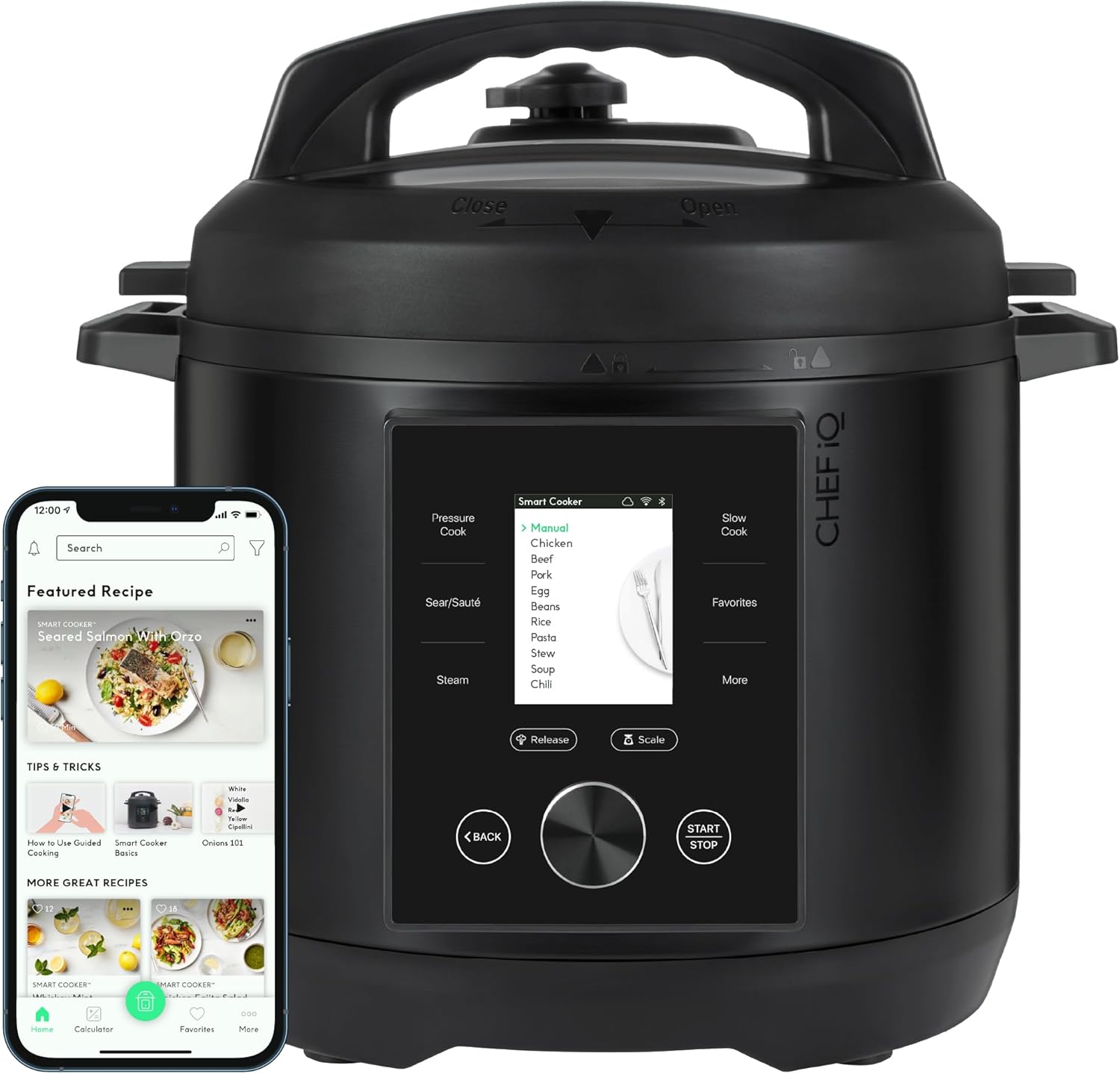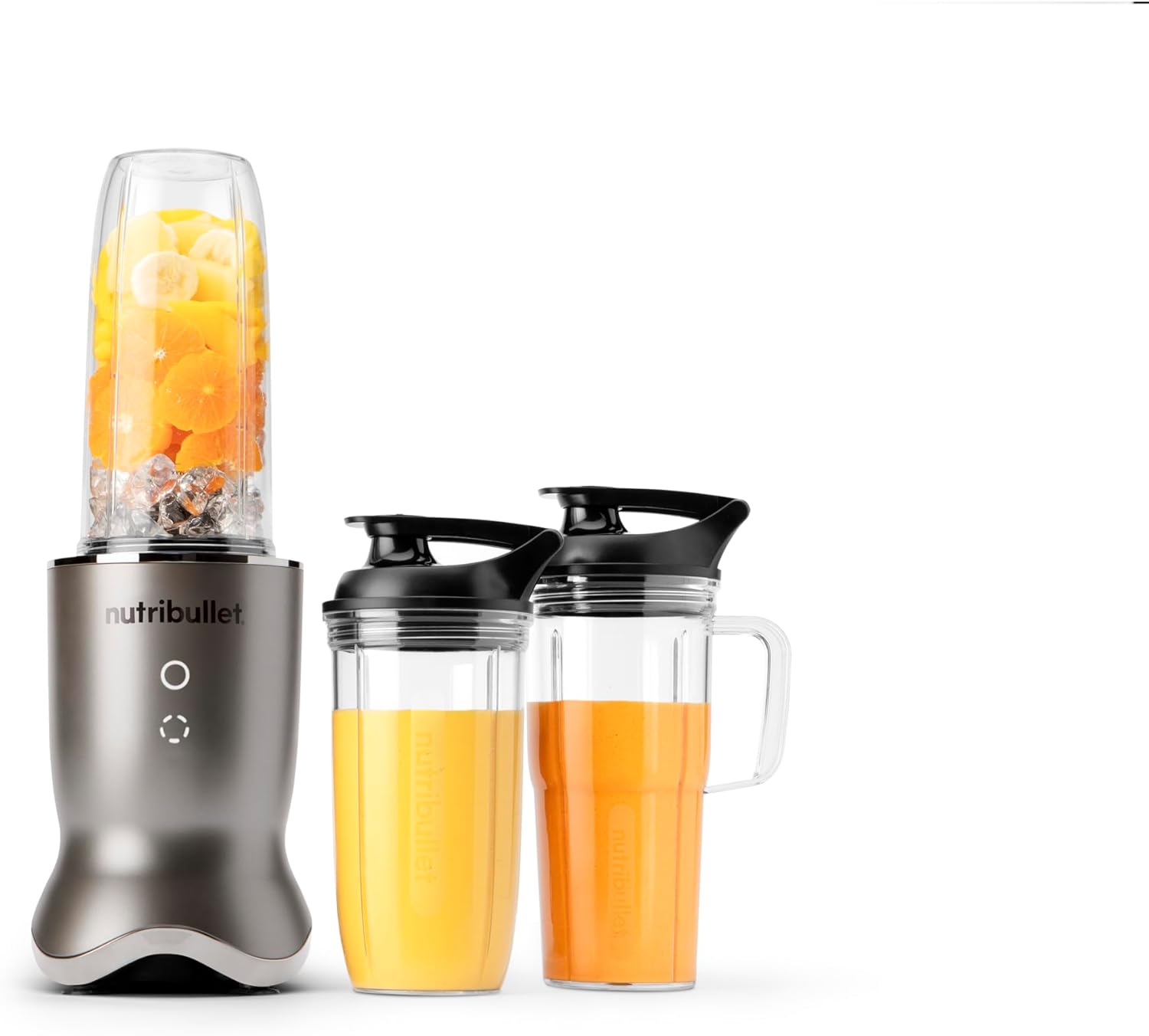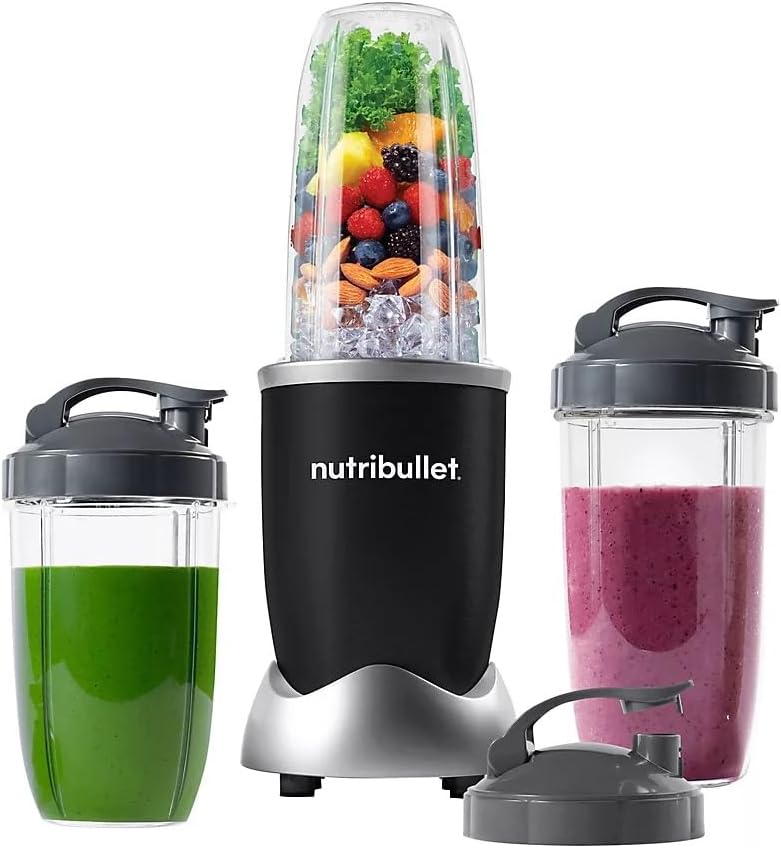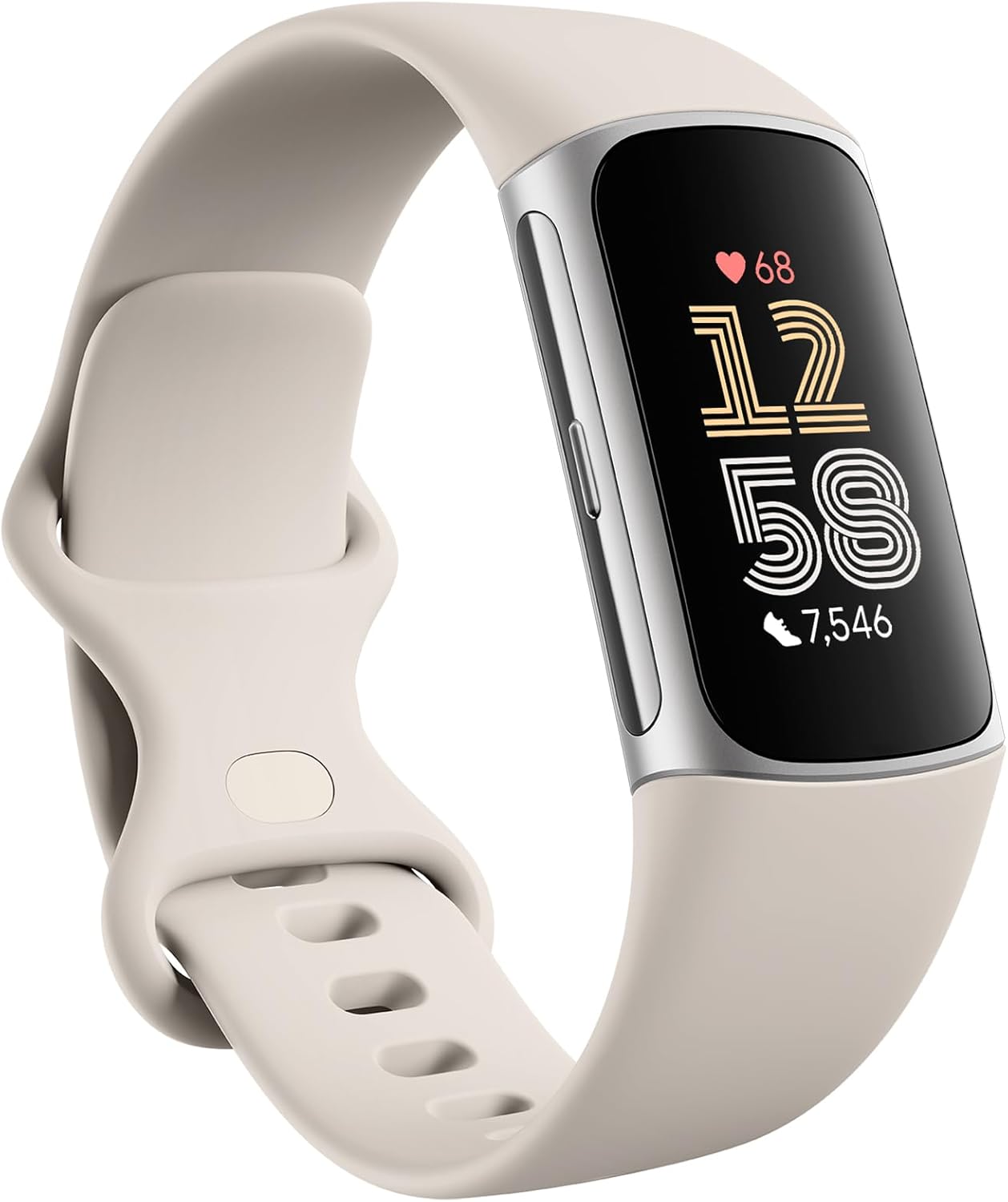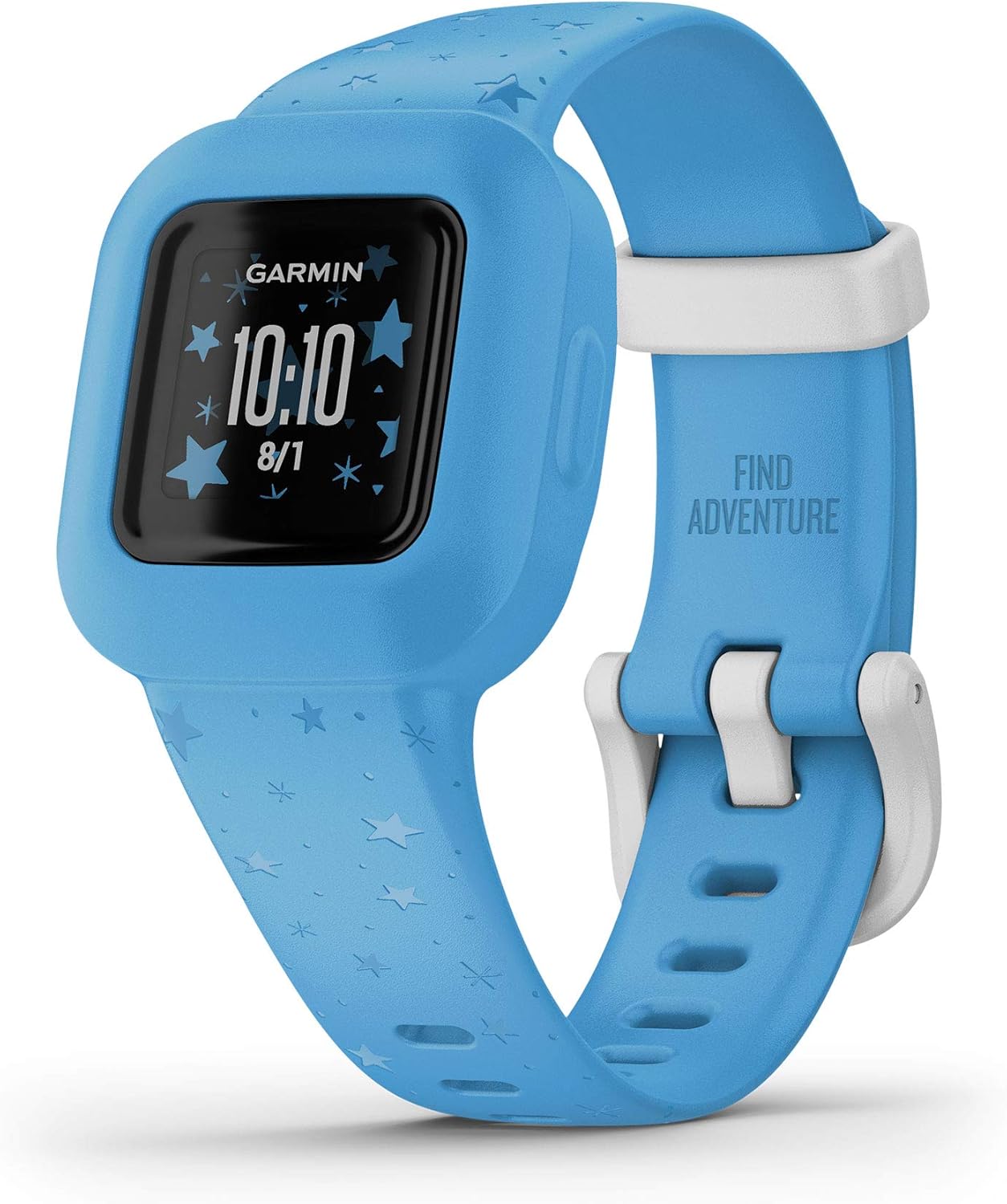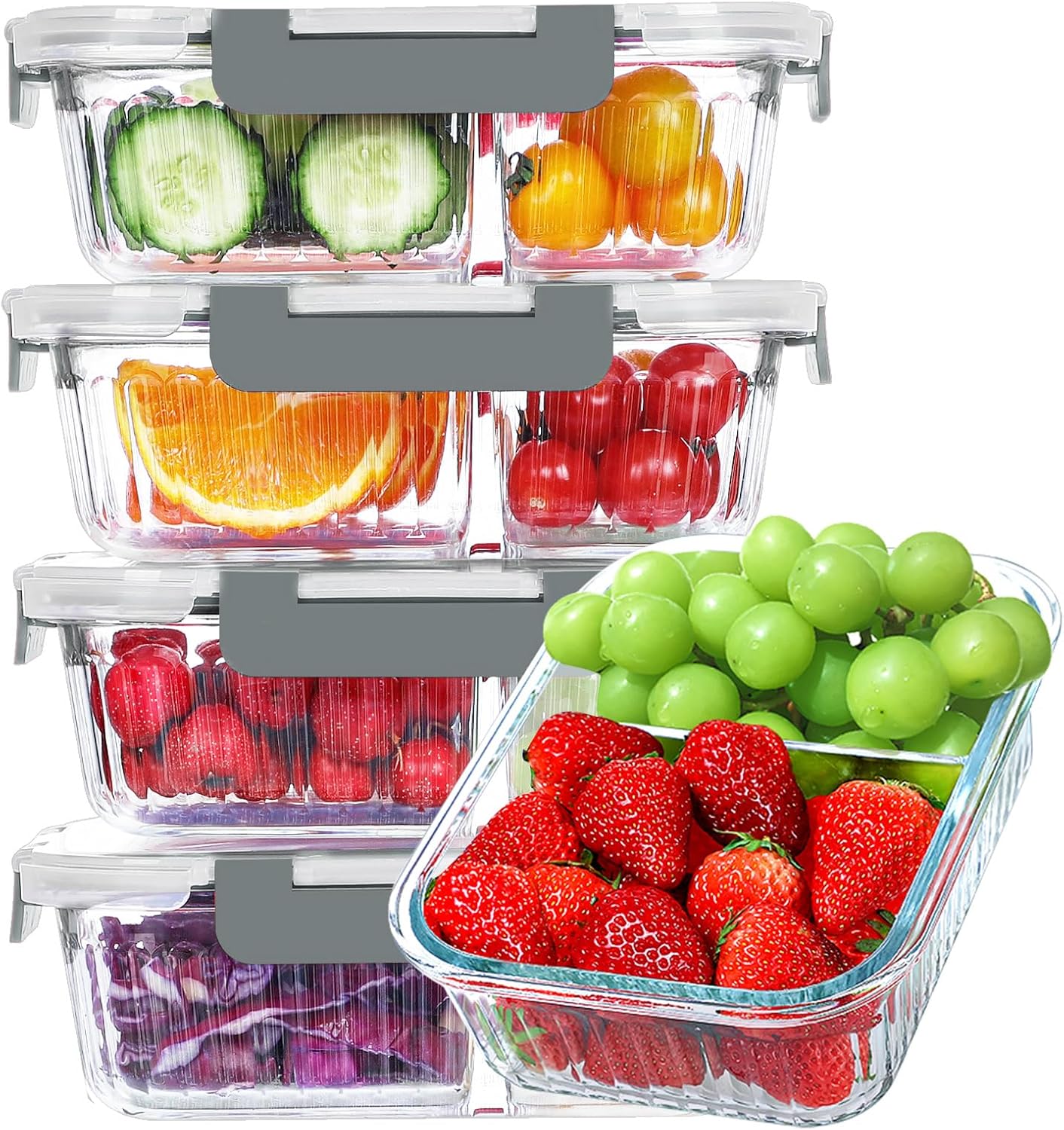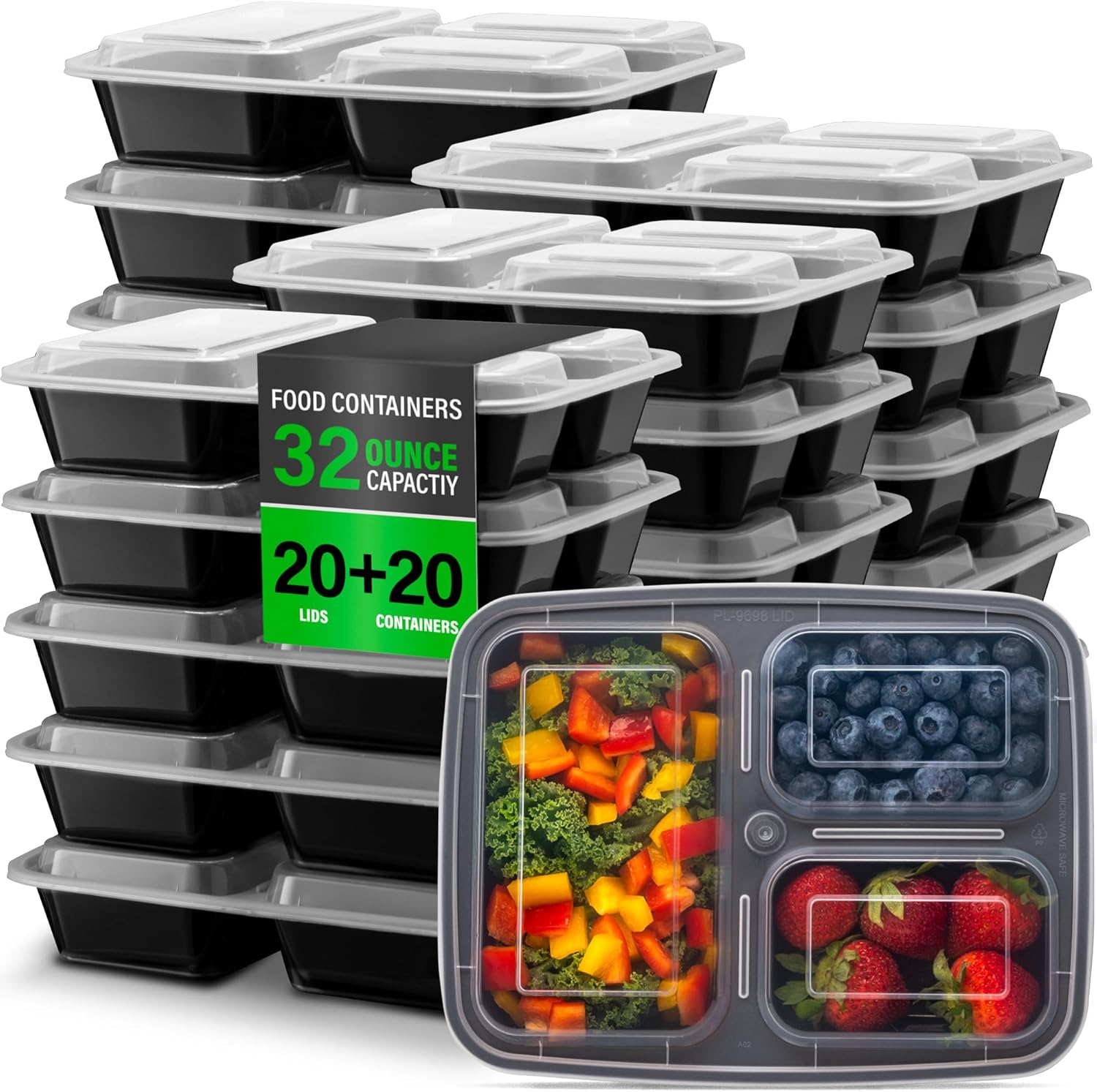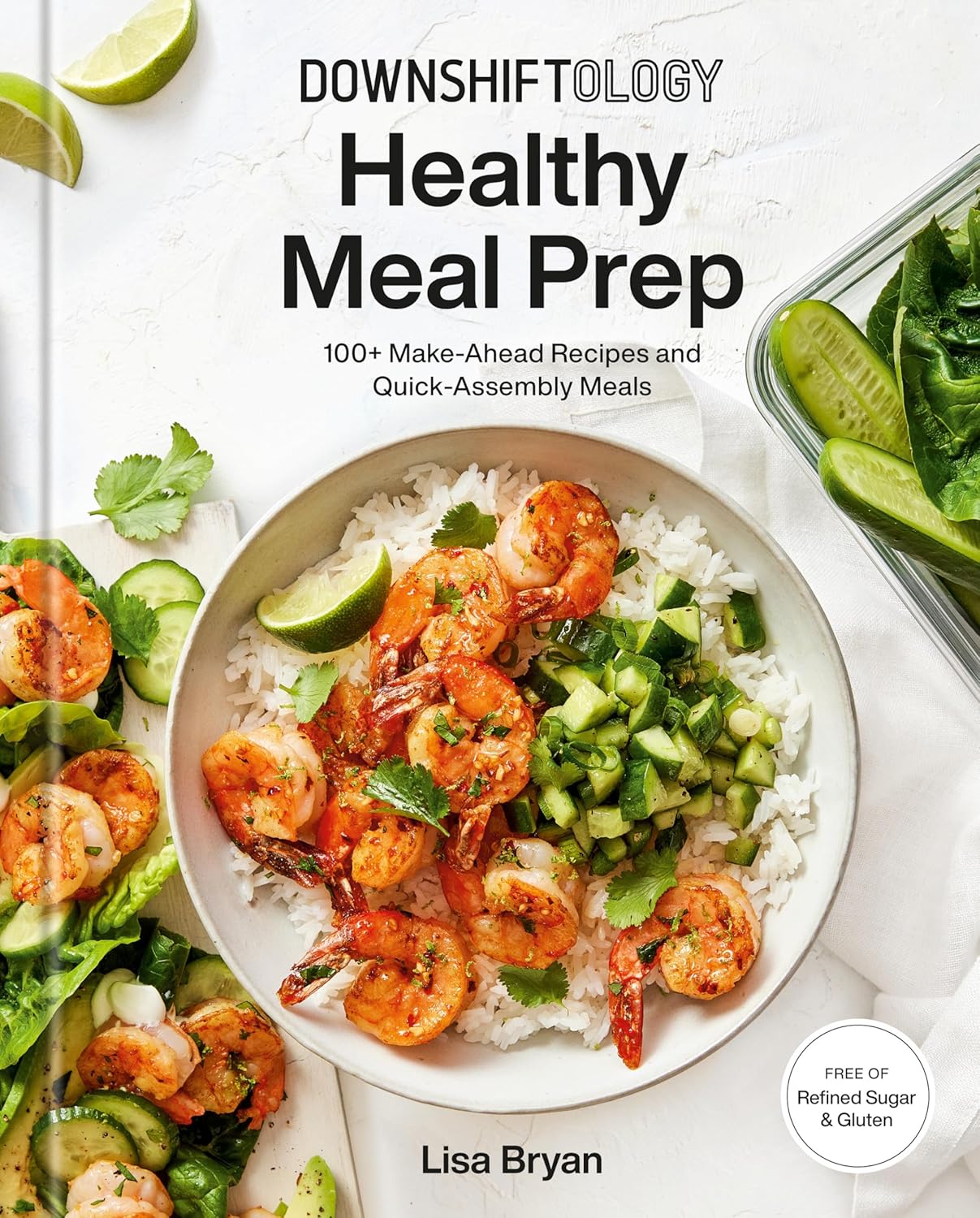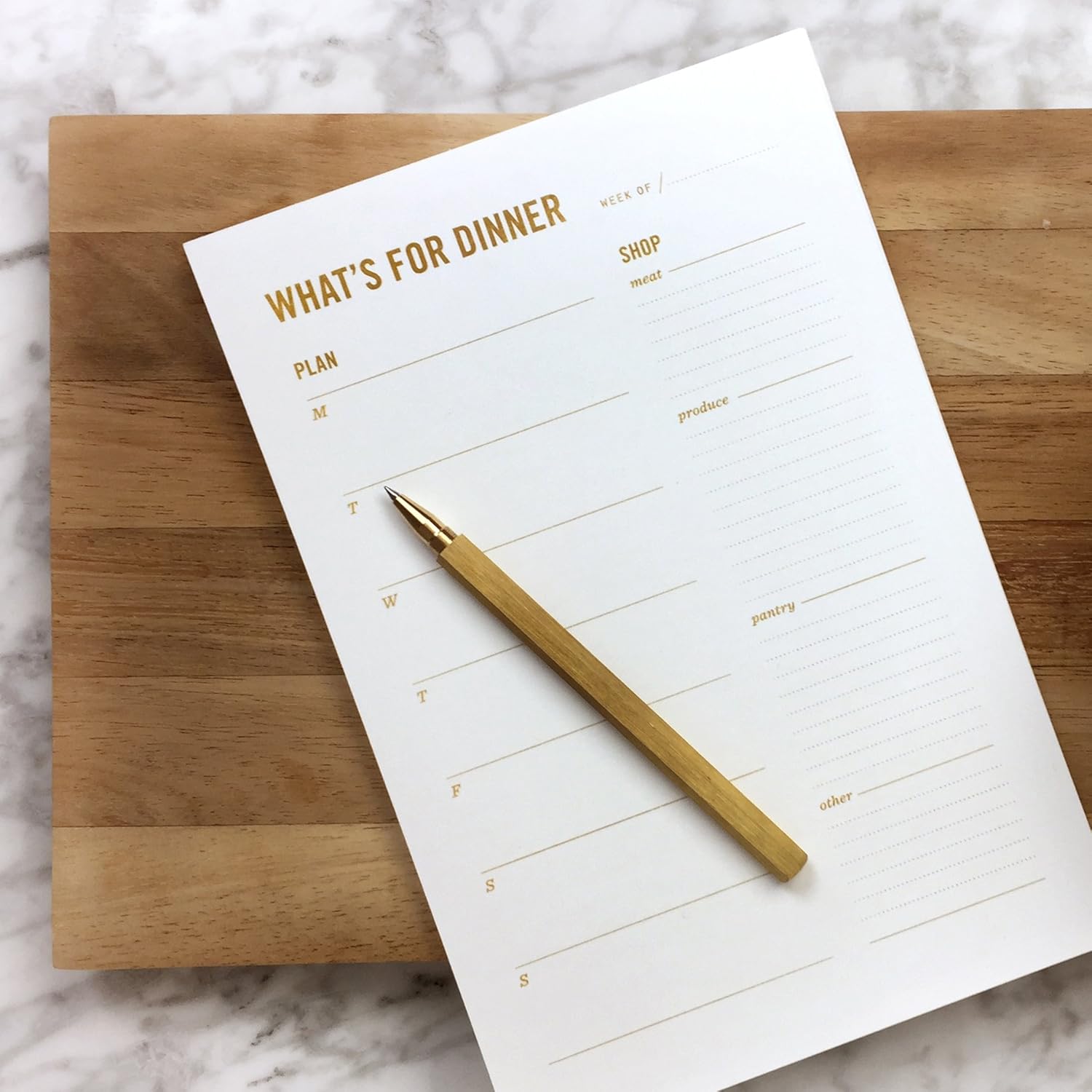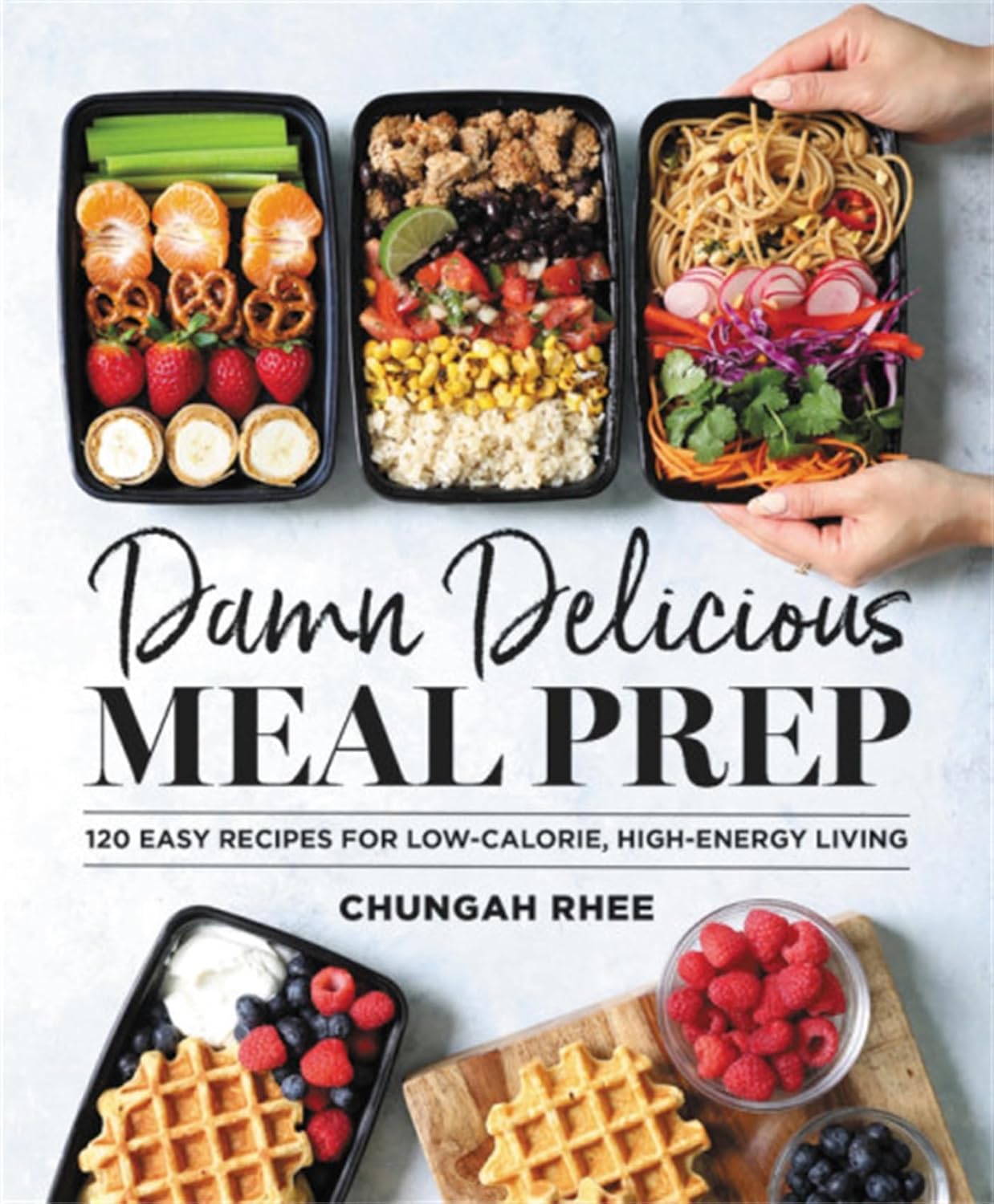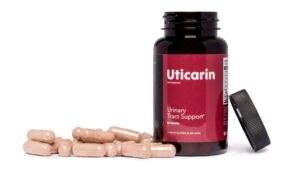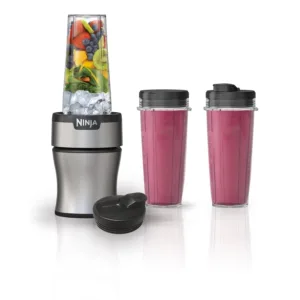Healthy eating isn’t just about looking good; it’s about feeling good and living your best life. Following a healthy eating guide can help you achieve a balanced diet, providing your body with the essential nutrients it needs to function efficiently, boosting energy, supporting immunity, and even improving mental clarity. When you prioritize nourishing your body, you invest in your long-term health and overall well-being.
Despite its benefits, the idea of healthy eating often gets misunderstood. Many people associate it with strict dieting, cutting out entire food groups, or only eating bland meals. But here’s the truth: you don’t have to give up carbs or survive on salads to eat healthily. In fact, overly restrictive diets can lead to burnout and yo-yo dieting, which harm your body more than they help. A healthy eating guide can help you create a sustainable and enjoyable eating plan.
Instead, think of healthy eating as a sustainable lifestyle shift. It’s about creating a balanced diet that works for you, one that includes a variety of foods in the right proportions. Imagine a plate that celebrates colorful vegetables, whole grains, lean proteins, and healthy fats, all while allowing room for occasional indulgences. The goal isn’t perfection; it’s progress.
This guide will show you how to approach healthy eating in a simple, step-by-step way. By the end, you’ll feel confident in making small, practical changes to your eating habits that lead to big results over time.
Understanding the Fundamentals of Healthy Eating
Healthy eating starts with understanding what your body needs to thrive. From macronutrients to micronutrients and hydration, every component plays a unique role in your overall health. Let’s break it down into simple, actionable steps.
Macronutrients: The Building Blocks of Nutrition
Proteins: Fuel for Repair and Growth
Proteins are essential for building and repairing tissues, producing enzymes, and supporting immune function. They also help you feel full, making them an excellent ally for healthy eating.
Top Sources: Lean meats (chicken, turkey), beans, lentils, tofu, eggs, and quinoa.
Tip: Incorporate protein into every meal to maintain steady energy levels throughout the day.
Carbohydrates: Energy Powerhouses
Not all carbs are created equal. Complex carbohydrates, such as whole grains, vegetables, and legumes, provide slow, steady energy and are packed with fiber. In contrast, simple carbs like sugary snacks and refined grains cause quick energy spikes and crashes.
The Glycemic Index: Foods with a low glycemic index (e.g., oatmeal, brown rice) release glucose slowly, keeping energy stable and reducing cravings.
Tip: Swap white bread for whole-grain alternatives to enjoy sustained energy.
Fats: The Good, the Bad, and the Essential
Fats often get a bad rap, but your body needs healthy fats for brain function, hormone production, and nutrient absorption. Focus on unsaturated fats like those found in avocados, nuts, seeds, and olive oil. Avoid trans fats and limit saturated fats from processed foods and fried snacks.
Tip: Drizzle olive oil over your salad for a dose of heart-healthy fats.
Micronutrients: Vital for Optimal Health
Vitamins and minerals are small but mighty, they support everything from your immune system to your energy production. For example:
- Vitamin C: Boosts immunity (citrus fruits, bell peppers).
- Calcium: Strengthens bones (dairy, leafy greens).
- Iron: Prevents fatigue (spinach, beans, fortified cereals).
Sources: Leafy greens, colorful fruits, nuts, seeds, and fortified foods like plant-based milks.
Tip: Aim to eat a “rainbow” of foods to cover a wide range of essential nutrients.
The Role of Hydration
Water is the unsung hero of healthy eating. Proper hydration aids digestion, regulates body temperature, and keeps your skin glowing. Even mild dehydration can lead to fatigue, headaches, and reduced focus.
How Much Water Do You Need? Aim for at least 8 cups (2 liters) daily, or more if you’re active.
Tips for Staying Hydrated:
- Start your day with a glass of water.
- Carry a reusable water bottle to sip throughout the day.
- Add slices of lemon or cucumber for flavor if plain water feels boring.
Understanding these fundamentals lays the groundwork for healthier choices. By focusing on macronutrients, micronutrients, and hydration, you’re already on the path to a balanced and nourishing lifestyle.
Building Sustainable Healthy Eating Habits
Creating lasting healthy eating habits starts with consistency and small, manageable changes. You don’t need to overhaul your diet overnight; instead, focus on building routines that fit into your lifestyle. Let’s explore practical strategies to make healthy eating a permanent part of your life.
Meal Planning Made Simple
This Healthy eating guide will show you how meal planning is one of the most effective ways to stay on track with healthy eating. A weekly plan takes the guesswork out of meals, saving you time, money, and stress.
How to Create a Realistic Weekly Meal Plan
- Assess your schedule: Consider busy days and when you’ll have time to cook.
- Plan balanced meals: Include a protein, complex carbs, and healthy fats in each meal.
- Prep ahead: Make large batches of grain bowls, salads, or soups for quick, ready-to-eat meals.
Tips for Preparing Quick, Nutritious Meals
Time-saving tool for preparing quick, healthy meals such as stews, soups, and whole grains like quinoa.
- Batch-cook ingredients like grilled chicken, quinoa, or roasted vegetables at the beginning of the week.
- Use a slow cooker or instant pot for minimal prep and maximum flavor.
- Keep a collection of simple recipes for busy days, think stir-fries or sheet-pan meals.
Mastering Portion Control
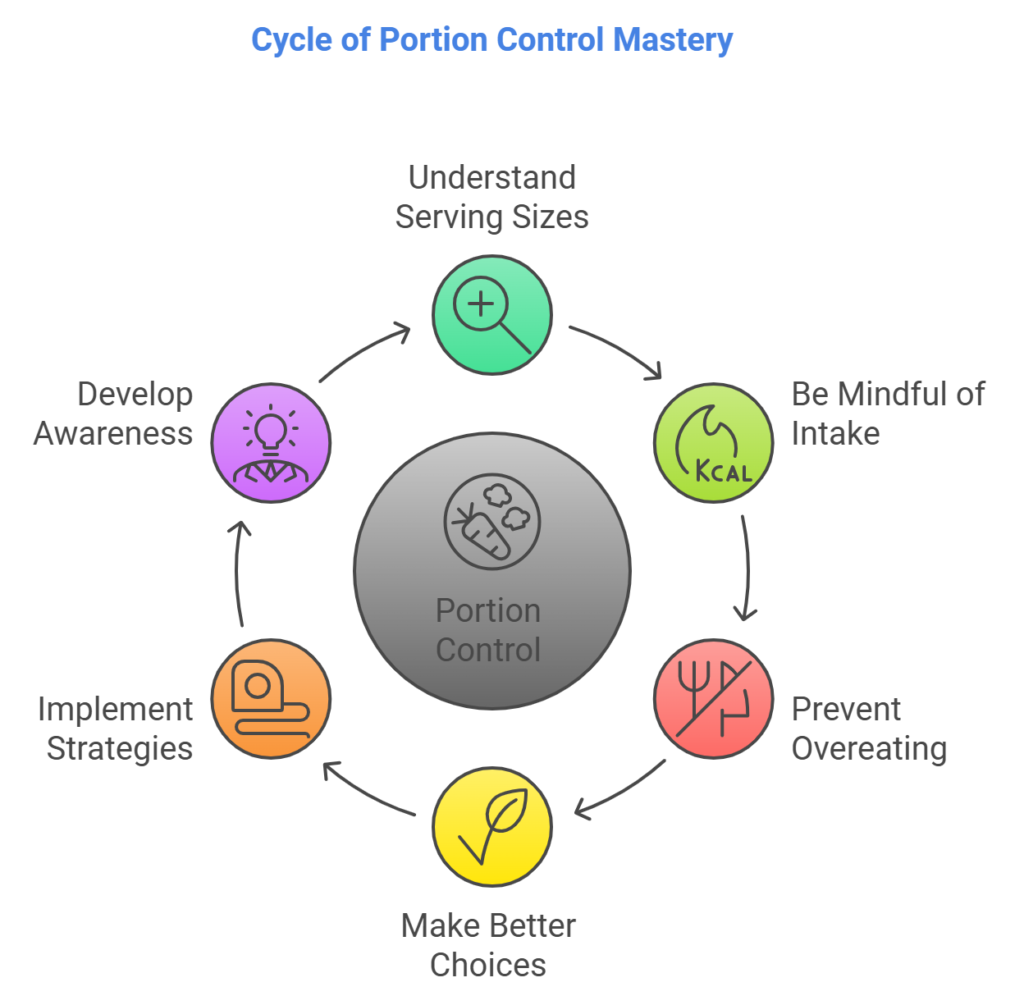
Understanding portion sizes is key to managing your weight and staying energized. The right portions prevent overeating while ensuring your body gets the nutrients it needs.
Practical Tips for Understanding Portion Sizes
- Protein: A serving should be about the size of your palm (roughly 3-4 ounces).
- Carbs: A serving should fit in a cupped hand (about ½ cup for rice or pasta).
- Healthy Fats: A serving of avocado or nuts is about the size of your thumb or a small handful.
Using Visual Tools for Portion Control
One simple way to manage portions is by using visual cues: - Plate Method: Fill half your plate with vegetables, a quarter with protein, and a quarter with whole grains.
- Hand-size portions: Your palm for protein, a fist for carbs, and a thumb for fats.
Practicing Mindful Eating
Mindful eating helps you enjoy your food, feel satisfied with less, and develop a healthier relationship with eating.
Benefits of Eating Slowly and Appreciating Your Meals
When you slow down, you allow your brain to catch up with your stomach, leading to better digestion and satisfaction. Mindful eating helps prevent overeating and reduces the temptation to snack mindlessly.
Techniques to Listen to Your Body’s Hunger and Fullness Cues
- Eat without distractions: Put down your phone, TV, or laptop while eating.
- Chew thoroughly: Aim for 20-30 chews per bite to help with digestion.
- Pause halfway: Check in with yourself halfway through the meal. Are you still hungry, or are you satisfied?
Cooking at Home: A Healthy Foundation
Cooking at home gives you control over what you eat, from the ingredients to the portion sizes. Plus, it’s usually more affordable than dining out or ordering takeout.
Basic Cooking Skills for Nutrient-Packed Meals
- Sautéing and Stir-frying: Quick and healthy methods for cooking veggies and lean proteins.
- Roasting: Toss your favorite vegetables with olive oil and herbs, and roast at 400°F for a flavorful side dish.
- Grilling or Baking: Lean meats, tofu, or fish are great options for grilling or baking with minimal added fats.
Simple Recipe Ideas to Get Started
- Baked Salmon with Veggies: Season salmon with olive oil, lemon, and herbs, then bake for 12-15 minutes at 375°F. Serve with roasted broccoli and sweet potatoes.
- Quinoa Bowls: Cook quinoa and top with grilled chicken, roasted veggies, and a drizzle of tahini dressing for a balanced, satisfying meal.
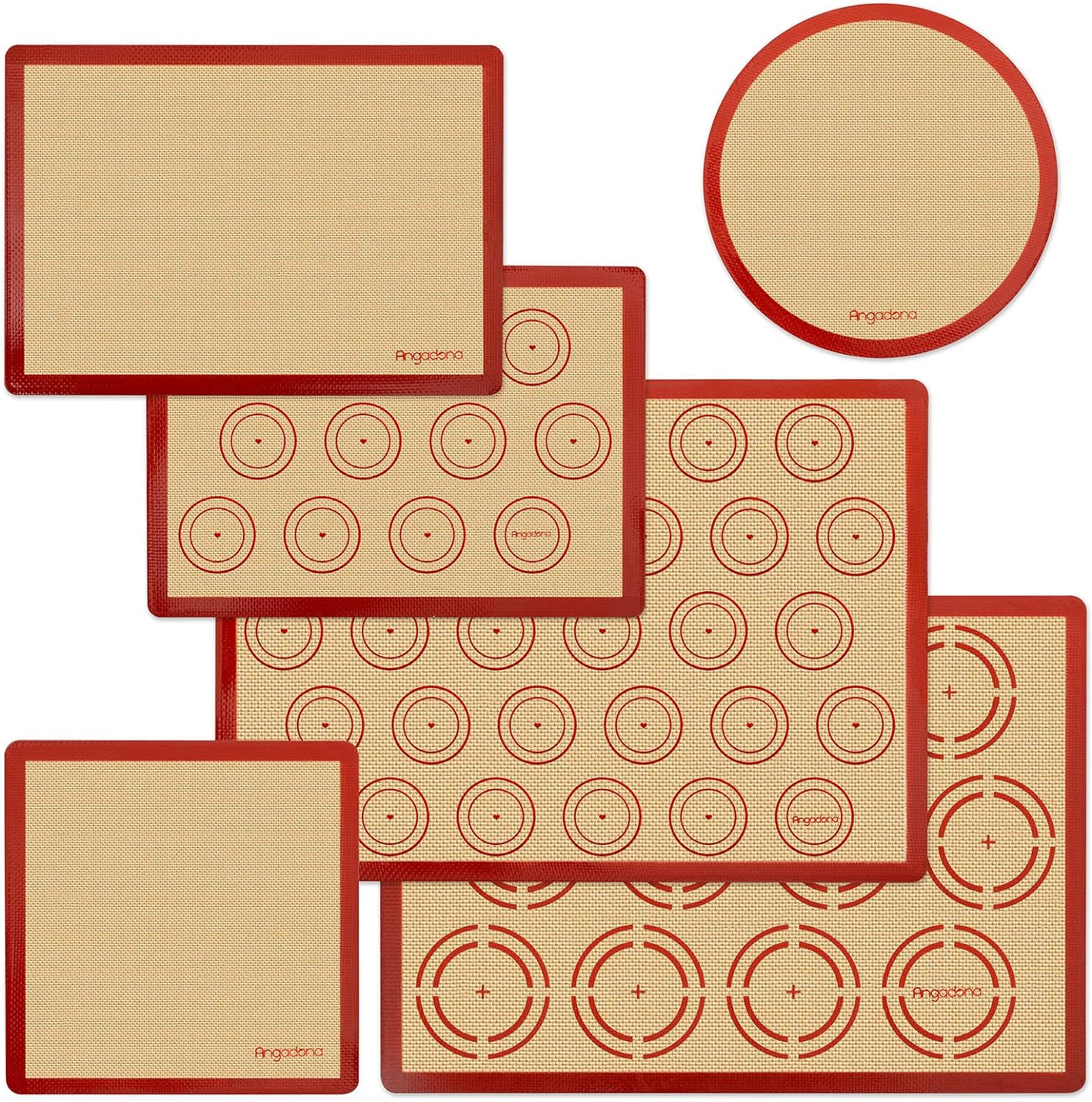
Silicone baking mats are a great tool for cooking without extra oils, making them perfect for roasting vegetables or baking healthier snacks.
By following this Healthy eating guide and integrating these habits into your routine, you’ll not only create healthier eating patterns, but you’ll also enjoy the process. Start with small steps, and over time, these habits will become second nature.
Healthy Eating on a Budget
Eating healthy doesn’t have to break the bank. With a bit of planning and smart shopping, you can enjoy nutritious meals without spending a fortune. Here are some practical strategies for saving money while buying wholesome foods, along with budget-friendly meal ideas that don’t compromise on nutrition.
Practical Strategies for Saving Money While Buying Wholesome Foods
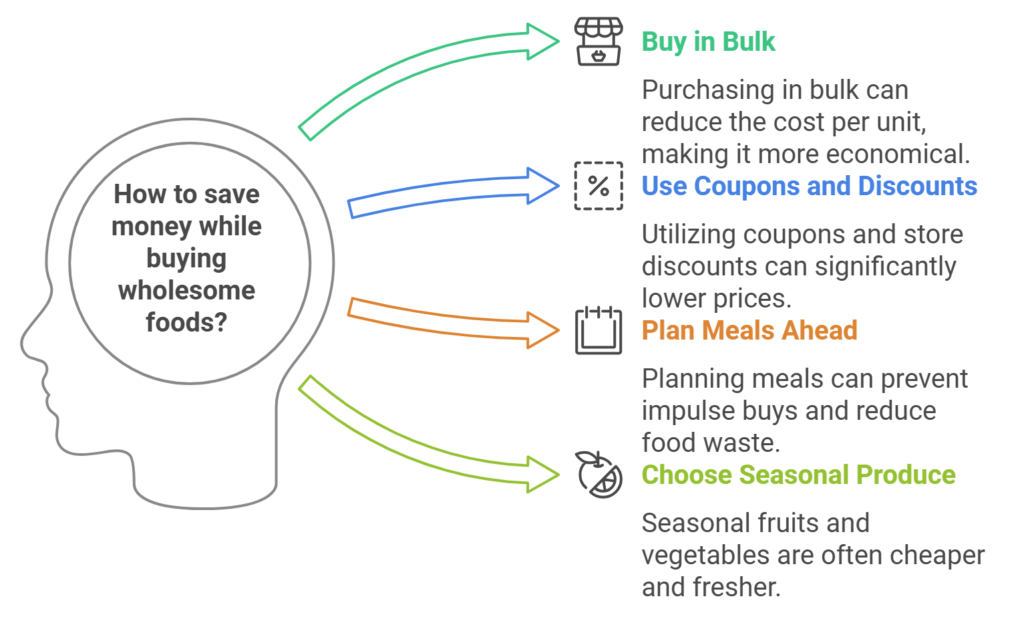
- Buy Seasonal Produce
In-season fruits and vegetables are usually more affordable and fresher than out-of-season options. Check local farmers’ markets or your grocery store for deals on seasonal produce, which can often be bought in bulk at lower prices.
Tip: Freeze extra produce to use later, preserving both the food and your budget. - Use Frozen Vegetables and Fruits
Frozen veggies and fruits are just as nutritious as fresh ones but are often much cheaper. They’re also convenient, as they last longer and require less immediate consumption.
Tip: Stock up on frozen spinach, peas, berries, and mixed veggies to add nutrients to meals on a budget. - Shop Sales and Buy in Bulk
Take advantage of sales and discounts on non-perishable items like grains, beans, and canned tomatoes. Buying in bulk can also save you money in the long run.
Tip: Invest in a few pantry staples like brown rice, quinoa, oats, and dried beans. These have a long shelf life and can be used in countless recipes. - Plan Your Meals Around Sale Items
When you know what’s on sale, plan your meals around those items. This helps you make the most out of discounts and avoid purchasing expensive, unnecessary ingredients.
Affordable Meal Ideas That Don’t Compromise Nutrition
Eating healthy on a budget is all about finding recipes that maximize nutrition without requiring costly ingredients. Here are some ideas for filling and wholesome meals:
- Vegetable Stir-Fry with Brown Rice
Stir-fries are quick, customizable, and perfect for using up any leftover vegetables. Add in tofu, chicken, or beans for protein, and serve over brown rice for a fiber-packed meal.
Tip: Use frozen mixed veggies for a quick and affordable option. - Lentil Soup
Lentils are a great source of protein and fiber, and they’re incredibly affordable. Make a hearty lentil soup with onions, garlic, carrots, and a simple vegetable broth.
Tip: Batch-cook and freeze portions for easy meals later. - Chickpea Salad
Chickpeas are inexpensive, versatile, and full of protein. Make a chickpea salad with fresh veggies, olive oil, lemon juice, and your favorite herbs.
Tip: Swap fresh veggies for frozen if you’re looking to cut costs. - Quinoa and Roasted Veggie Bowls
Quinoa is a great source of complete protein and is affordable when bought in bulk. Pair it with roasted veggies like sweet potatoes, broccoli, or cauliflower for a nutritious meal.
Tip: Roast a large batch of veggies and store them for use in multiple meals. - Egg and Vegetable Scramble
Eggs are an affordable, nutrient-dense protein source. Pair them with sautéed vegetables for a quick breakfast, lunch, or dinner.
Tip: Add spinach, peppers, onions, and mushrooms for added nutrition.
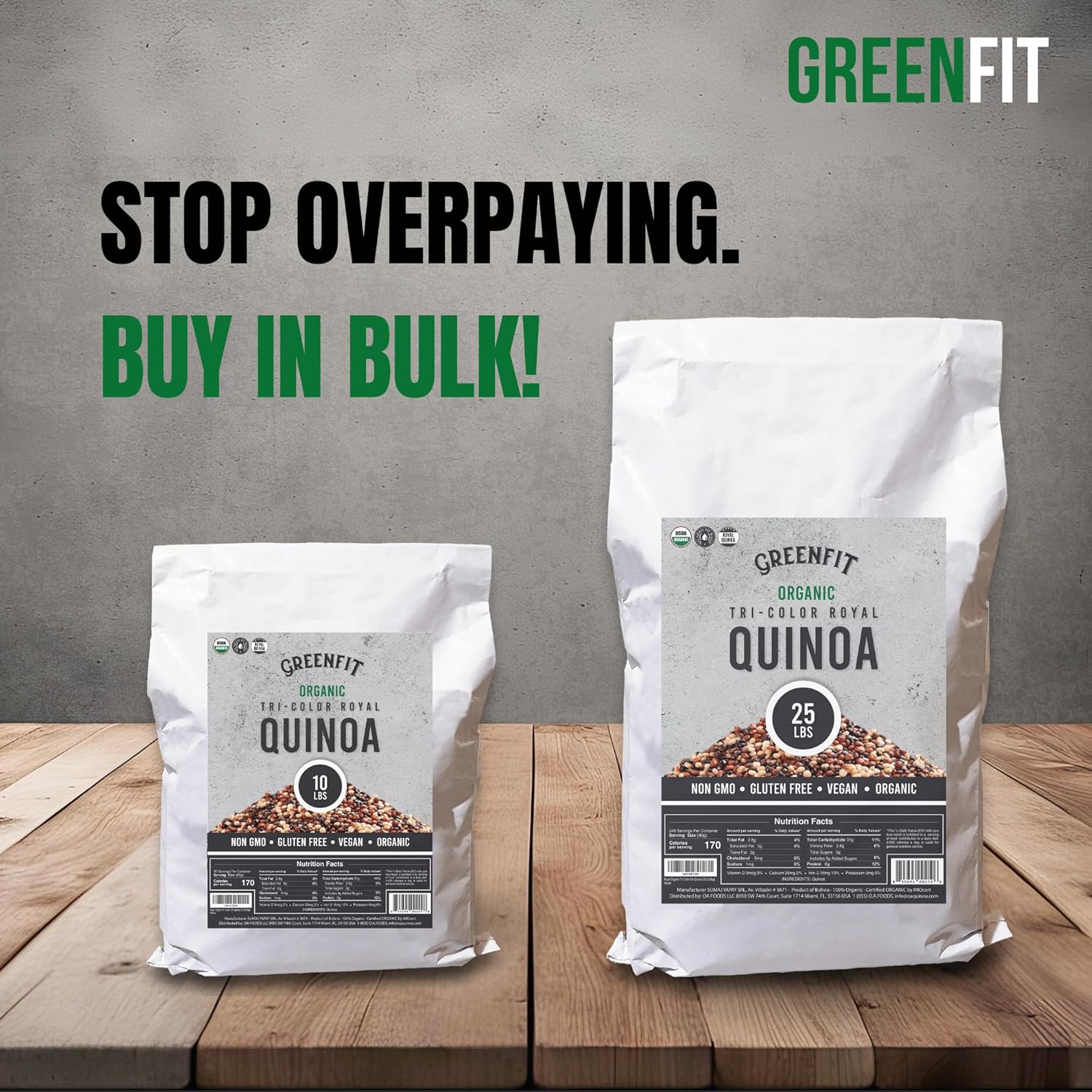
Quinoa is an affordable, protein-packed base for your meals. You can buy it in bulk for a cost-effective and versatile ingredient.
This Healthy eating guide will help you by following these strategies and making simple, nutritious meals at home, you can enjoy healthy eating without spending a lot. With the right approach, eating well on a budget is both possible and rewarding.
Overcoming Common Challenges
Healthy eating guide: Navigating the challenges of healthy eating. Healthy eating comes with its own set of challenges, but don’t worry! With the right strategies in place, you can easily overcome obstacles like cravings, eating out, and balancing nutrition with a busy schedule. Let’s dive into some practical solutions.
Managing Cravings Effectively

Cravings are a natural part of any diet, but managing them is key to staying on track. Here are some healthy snack swaps and proven techniques to help you curb those cravings:
- Healthy Snack Swaps
- Hummus with Veggies: Instead of reaching for chips, dip crunchy veggies like carrots, cucumbers, or bell peppers in hummus.
- Fruit with Nut Butter: Pair apple or banana slices with almond or peanut butter for a sweet, satisfying snack that offers protein and healthy fats.
- Greek Yogurt with Berries: Swap sugary snacks for plain Greek yogurt topped with fresh berries for a nutrient-dense treat.
- Proven Techniques to Curb Cravings
- Drink Water: Sometimes, thirst is mistaken for hunger. Drink a glass of water and wait a few minutes to see if the craving subsides.
- Chew Sugar-Free Gum: This helps curb the urge to snack and provides a fresh taste in your mouth.
- Get Active: A quick walk or stretching session can take your mind off cravings and help you feel more in control.
A NutriBullet blender can help you whip up quick, nutrient-dense smoothies or healthy snack options like blended avocado and hummus.
Eating Out Without Compromising Goals
Eating out doesn’t have to derail your healthy eating plan. With a few smart choices, you can enjoy dining out while sticking to your nutrition goals.
- Tips for Selecting Nutritious Options at Restaurants
- Grilled over Fried: Choose grilled meats or fish instead of fried options to cut out unnecessary fats.
- Sauces on the Side: Ask for sauces and dressings on the side to control how much you consume.
- Substitute Sides: Opt for a side salad, steamed vegetables, or a baked potato instead of fries or mashed potatoes.
- Go for Lean Proteins: Chicken, turkey, and fish are usually better choices than fatty cuts of beef.
- Balance the Meal
- Watch Portion Sizes: Restaurant portions can be large, so consider sharing a dish or asking for a to-go box early and saving half for later.
- Order Vegetables First: Make vegetables the main part of your meal to fill up on fiber-rich, low-calorie foods before adding proteins and carbs.
Balancing Healthy Eating with a Busy Lifestyle
A Fitbit fitness tracker helps you stay motivated, tracking your steps, calories burned, and activity levels throughout the day.
Following a healthy eating guide can help you maintain healthy eating habits, even when life gets hectic. With a bit of planning, you can keep your nutrition in check even on the busiest days.
- Time-Saving Meal Prep Ideas for Busy Weeks
- Batch Cooking: Prepare large portions of grains, proteins, and veggies at the beginning of the week. Store them in individual containers for quick, grab-and-go meals.
- Overnight Oats: Prepare breakfast the night before by mixing oats, milk, and your favorite toppings in a jar. In the morning, you’ll have a nutritious breakfast ready to go.
- One-Pan Meals: Make easy, healthy meals using a single pan. Toss vegetables, protein, and seasoning on a baking sheet and roast everything together for minimal cleanup.
- Portable Snack Ideas for On-the-Go Nutrition
- Nuts and Seeds: Pack small bags of mixed nuts or seeds for a quick, protein-packed snack.
- Protein Bars: Choose low-sugar, high-protein bars for a convenient snack when you’re in a rush.
- Fruit and Nut Butter Packs: Keep pre-portioned bags of fruit (like apple slices) and nut butter in your bag for a balanced snack.
- Hard-Boiled Eggs: A great source of protein and easy to pack for a quick snack.
Use durable, reusable meal prep containers to organize and store your nutritious meals, making it easy to grab and go.
By implementing these strategies, you can overcome the common challenges of healthy eating and make nutritious choices even in the busiest of times. Consistency is key, and with the right habits, healthy eating can become a sustainable part of your lifestyle.
Conclusion
This Healthy eating guide will help you understand that healthy eating is all about balance, planning, and mindfulness. By understanding the basics of nutrition, building sustainable habits, and being mindful of your food choices, you can transform your diet into a long-term, positive lifestyle change.
Remember, it’s not about perfection, it’s about progress. Start by making one small change at a time, whether it’s adding more veggies to your meals, drinking more water, or planning your meals for the week. Every little step counts toward your health goals.
For additional resources to support your journey, check out these beginner-friendly cookbooks and free meal plan templates:
You’ve got this! Take your time, enjoy the process, and embrace each step toward healthier eating. Your body, and your future self will thank you! Refer to a Healthy eating guide for inspiration and practical tips.



